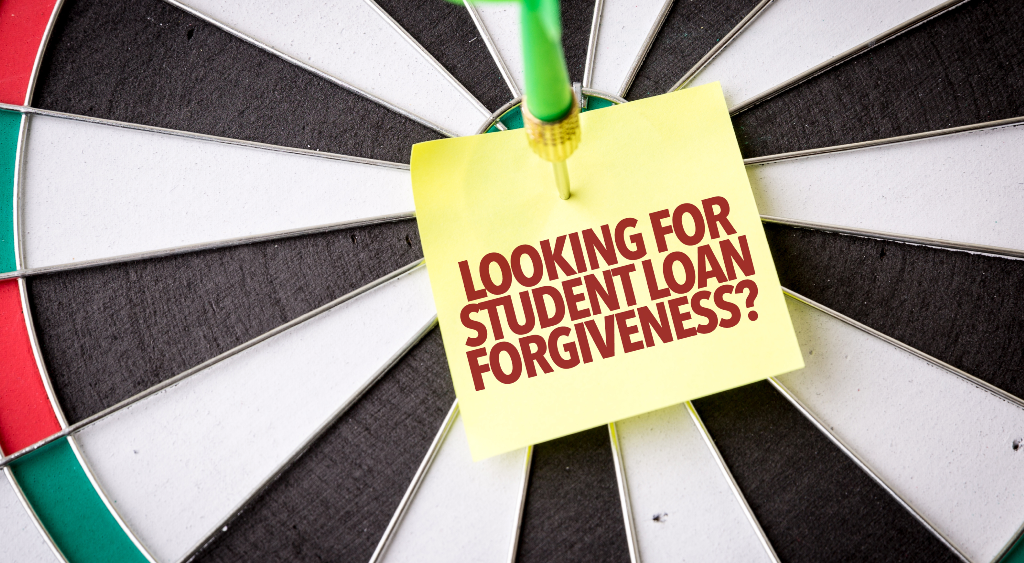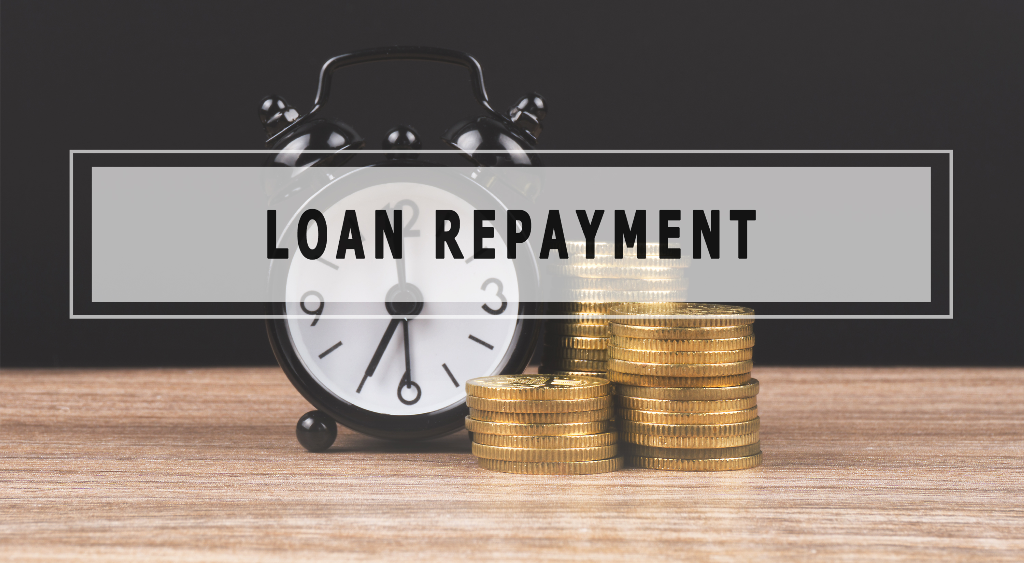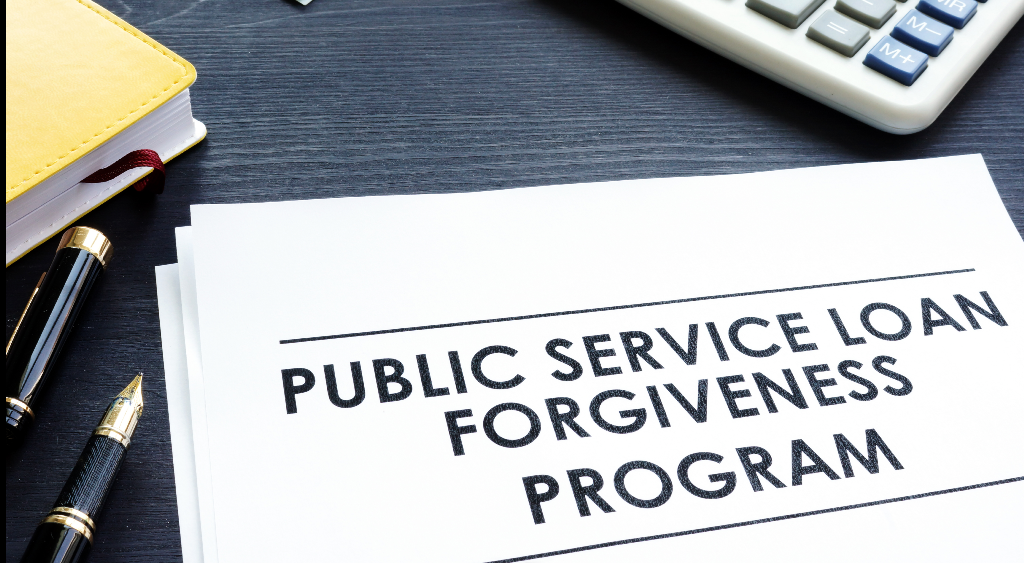Key Facts of Biden’s Student Loan Forgiveness Plan

- On August 24, 2022, President Joe Biden announced that debt forgiveness would begin.
- Eligible borrowers for student loan forgiveness can receive up to $20,000 off their outstanding balance.
- Alongside President Biden's announced reductions, the Department of Education proposed ideas to improve the Income-Driven Repayment Plans and the Public Service Loan Forgiveness Programs.
When President Joe Biden was elected into office, one of his main promises was to forgive borrowers’ federal student loans. On August 24, 2022, President Biden announced that debt forgiveness would begin. President Biden discussed vital details relating to debt relief and how they will be forgiving billions of dollars worth of student loans.
Details of President Biden’s Announcement
In a statement released by the White House, the Biden Administration discussed its goals to lower the federal student loan debt. A large portion of the country is dealing with the financial burden imposed by their post-secondary education, with 43 million borrowers having to repay their loans.
Eligible Borrowers for Student Loan Forgiveness
The Biden Administration forgives up to $20,000 off a student loan borrower’s outstanding balance. However, not every person with student loans will be eligible to receive a $20,000 deduction on their education expenses.

Image Credit: Gustavo Frazao / Shutterstock.com
To become eligible for a $20,000 deduction in student loans, the borrower must have received Pell Grants and have an individual income level not exceeding $125,000. In addition, if a borrower is married, then their married income should not surpass $250,000. If your income level exceeds the above figures, your outstanding student loans will not be lower.
Recommended Read: How to Pay for Your College Education with Scholarships
There is also a $10,000 reduction available for borrowers, but this amount is only offered to those within the outlined income levels and are non-Pell Grants recipients.
Furthermore, the reduction will be provided by the Department of Education, and it will only occur if the person has an outstanding debt with them. If a person’s debt is with another institution, they will not be eligible for a loan reduction.
Recommended Read: Four (4) College Grants You Should Consider Applying For
When Student Loan Repayment Will Begin
Regardless of whether you qualify for the reduction in student loans offered by the Department of Education and the Biden Administration, student loan payments will resume on January 1, 2023. Student loan repayment has been postponed more than a few times, but President Biden announced that the most recent pause set for December 31, 2022, will be the final one.

Image Credit: yanatul / Shutterstock.com
The Department of Education has extended the student loan repayment period to allow people more time to save money before beginning to repay their debts. Student loan borrowers need to note that if they currently have outstanding student loans, use this grace period to save money. Although student loan borrowers are currently not obligated to repay their student loans, setting money aside now reduces the financial stress imposed by the monthly payments starting in January 2023.
Recommended Read: Seven Tips to Improve Your Financial Position
Possible Changes to Student Loan Repayment Plans
As not all borrowers will be eligible for the debt cancellation imposed by the Biden Administration, some additional changes are being proposed to the repayment plans to ensure the majority of borrowers are not financially struggling. In addition, the Department of Education is taking steps to modify both the Income-Driven Repayment Plan and the Public Service Loan Forgiveness Program, making it more feasible for borrowers to repay their loans.
Income-Driven Repayment Plans
The Income-Driven Repayment Plan uses your income information and other influencing factors to determine the monthly repayment amount. Previously, the monthly amount was equivalent to 10% of the applicant’s discretionary income, which is the income left over after paying taxes and other essential expenses.
The Department of Education is now trying to reduce the repayment amount to 5%. The Department of Education believes reducing the monthly cap to 5% will reduce the annual student loan payment by around $1,000 for current and future borrowers.
Currently, a person’s remaining debt will be forgiven after 20 years of making monthly payments. However, as this period is extensive, the Department of Education is trying to reduce the number of years a borrower has to repay their loans to 10 years.
These proposed changes by the Department of Education aim to push President Biden’s goal of reducing and removing people’s student loans. Although no updates have been given regarding these suggestions, developments will be made after reviewing these proposals.
Public Service Loan Forgiveness Program
The Department of Education is also looking to improve the Public Service Loan Forgiveness Program by making time-limited changes. These time-limited changes allow people who have worked at a non-profit, in the military, or federal, state, Tribal, or local government for more than ten years to be eligible for all their outstanding loans being forgiven. In addition, if a person has worked at one of these institutions for less than ten years, they can get better credit for lowering their outstanding amount.

Image Credit: Vitalii Vodolazskyi / Shutterstock.com
If you wish to apply for these time-limited changes, then you have until October 31, 2022, to do so.
The Money Wrap-Up
More than 43 million Americans have student loan debt. Paying for education is typical, but the financial burden carried after graduation has negatively affected many Americans. However, to help people overcome these financial obstacles, the Biden Administration and the Department of Education are taking proactive steps to help people overcome their student loan debt. Therefore, research your current situation with your student loans to determine whether any of these changes apply to you.
image Credit: BiksuTong / Shutterstock.com